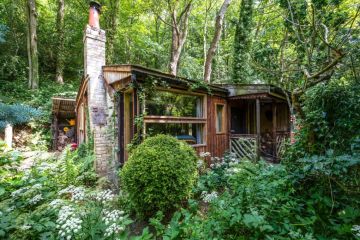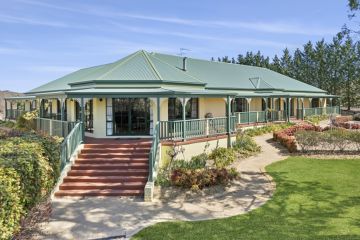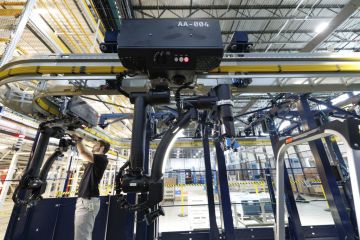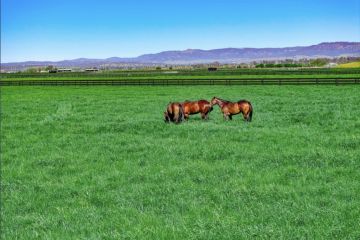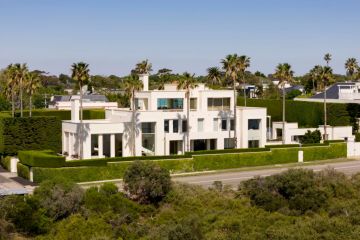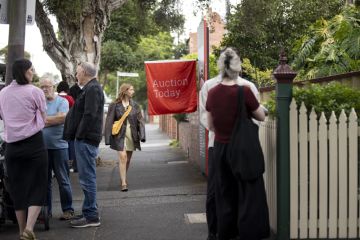'It's all about lifestyle': The changing face of Melbourne's retail shopping strips
The nexus between trendy cafes and escalating property prices – let’s call it the cafe latte connection – has long been established. Waves of gentrification pushing out from the established inner suburbs are now heralded by the arrival of a cafe bearing single-origin beans and a La Marzocco espresso machine.
However, when it comes to Melbourne’s destination retail strips, those long-established hubs of community and lifestyle, do the same economic principles apply?
The cyclical nature of the city’s trendy shopping strips – the upswing of Swan Street, Richmond, versus the downswing of neighbouring Bridge Road, for instance, or the two-speed nature of Chapel Street, where its formerly abject Windsor stretch is enjoying a renaissance while the formerly hotter-than-hot South Yarra end is currently in the retail doldrums – makes establishing the nexus between retail and property prices a far more problematic beast.
We do know this: the Economy of Shopping Small, a 2015 report commissioned by American Express, found Australians were willing to pay a premium of just over $30,000 more to live near a shopping village.
It’s a sentiment with which Kay & Burton South Yarra partner Michael Armstrong is familiar. “There’s definitely a flow-on effect from a strong retail strip, but the question is whether it’s the chicken or the egg. Does the quality of the retail strip lift when affluent purchasers move into side streets or vice versa?”
Armstrong points to the popularity of Armadale’s High Street shopping strip, a retail Nirvana of high-end Australian fashion and fashionable cafes. “I have buyers specifically requesting to be within walking distance. Any longer and they don’t want a bar of it. It really has that degree of gravity to it.”
The new popularity of Chapel Street’s Windsor end is “seeing people climbing over each other” to get a foothold in the suburb, as opposed to the South Yarra end where the frenzy is less noticeable, he says. “I think when it comes to single fronted homes you get swinging voters, the younger demographic influenced by what’s trendy and cool. In terms of family homes it’s not so noticeable.”
- Related: Melbourne’s shopping strips becoming apartment hubs
- Related: The story of coffee economics
- Related: How Melbourne became an apartment epicentre
Dr Andrew Wilson, the Domain group’s chief economist, says Melbourne used to be characterised by its traditional shopping strips but they have largely been superseded by the shopping mall: “Burke Road in Camberwell was really hurt by Chadstone, for instance”.
Many have rolled with the times to become lifestyle precincts where the mix leans away from traditional commercial activities, such as banks towards cafes, restaurants and bars. “They’re changing with the gentrification of neighbourhoods, and they reflect the change in demographics of an area,” Wilson says
“It’s all about lifestyle,” says Biggin & Scott agent Russell Cambridge about Richmond’s Swan Street, where fashionable bars and restaurants such as Meatmother and Botherambo have popped up during the past few years. “You certainly won’t starve living there. The area is attracting younger, affluent buyers looking to be part of a dynamic neighbourhood.”
The commercial fortunes of nearby Bridge Road have not been so rosy, the former bustling retail strip and home of big-label clearance outlets now notable for the number of “for lease” signs in windows. Data from Savills shows vacancy rates across Melbourne’s retail strips have increased during the past year from 7 per cent to 9.2 per cent, with Bridge Road at a chart-topping 15 per cent vacancy rate. The flipside to the story is that developers are now eyeing retail strips for apartments – in Bridge Road alone, 42 shops have been earmarked for residential development.
Savills associate research director Monica Mondkar says it’s part of a bigger narrative concerning our population increase through Australia’s skilled migration program. “The majority of these global skilled workers are young millennials who want to live closer to work, in the inner-city suburbs, which are well serviced by amenities and public transport,” Mondkar says. “This is giving impetus to high-midrise apartment development along the established suburban retail strips. We really expect it to continue on the back of Melbourne’s population growth story.”
401/28 Tanner Street, Richmond

Photo: Rudolf Karpati
$1.3 million-$1.43 million
2 bedrooms, 2 bathrooms, 2 car spaces
Auction: 10am, July 22
Agent: Jellis Craig, Elliot Gill 0411
Ageing beauty is on show at this warehouse conversion, behind growing popular Swan Street. Double-height ceilings and a spectacular void illuminate the property’s raw walls with northern light from over Richmond Hill. The stainless steel kitchen fits its industrial origins, anchoring an L-shaped living and dining space. Seating runs beneath the expanses of windows. Two substantial bedrooms occupy the upper level, seemingly teetering over the void.
We recommend
We thought you might like
States
Capital Cities
Capital Cities - Rentals
Popular Areas
Allhomes
More

